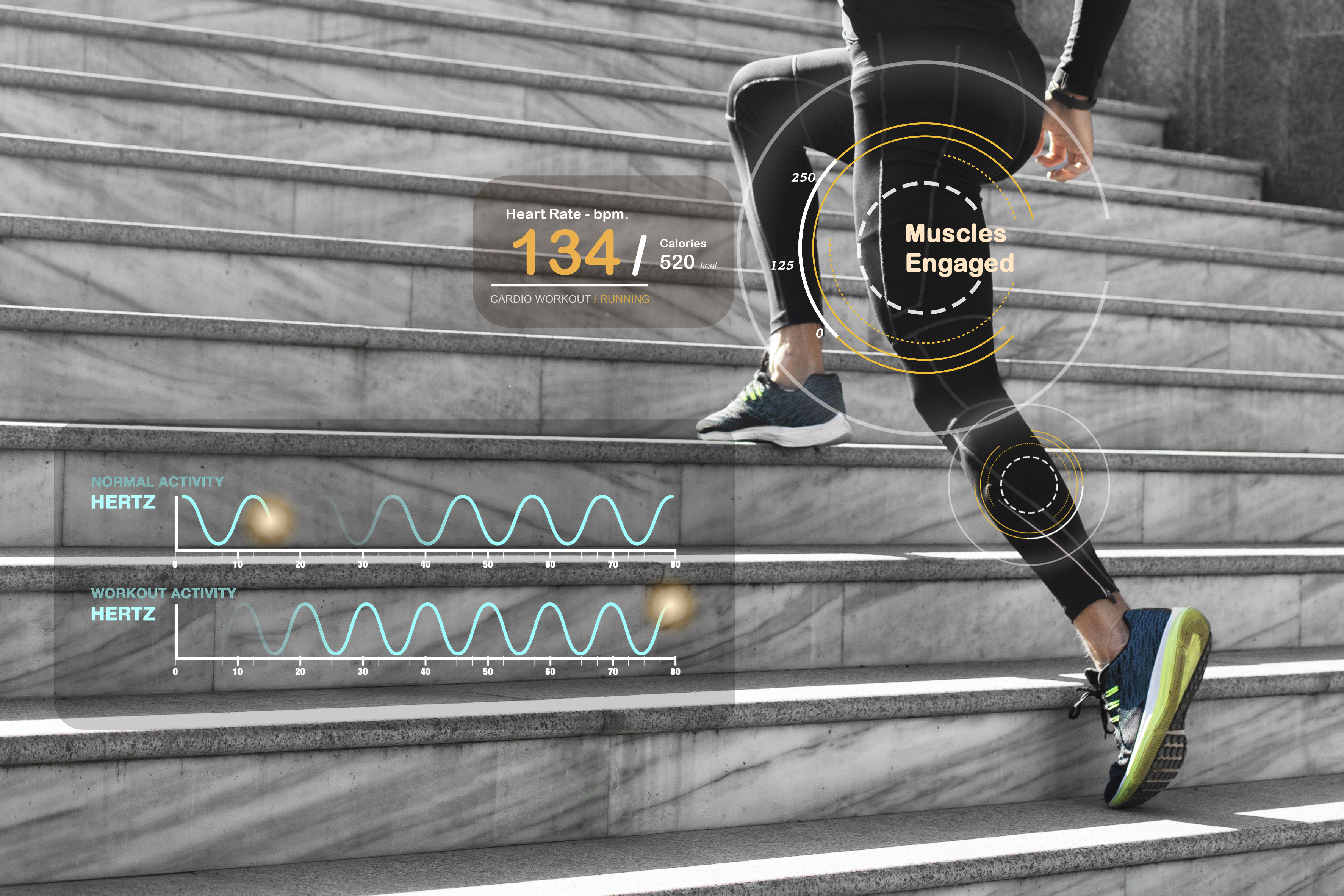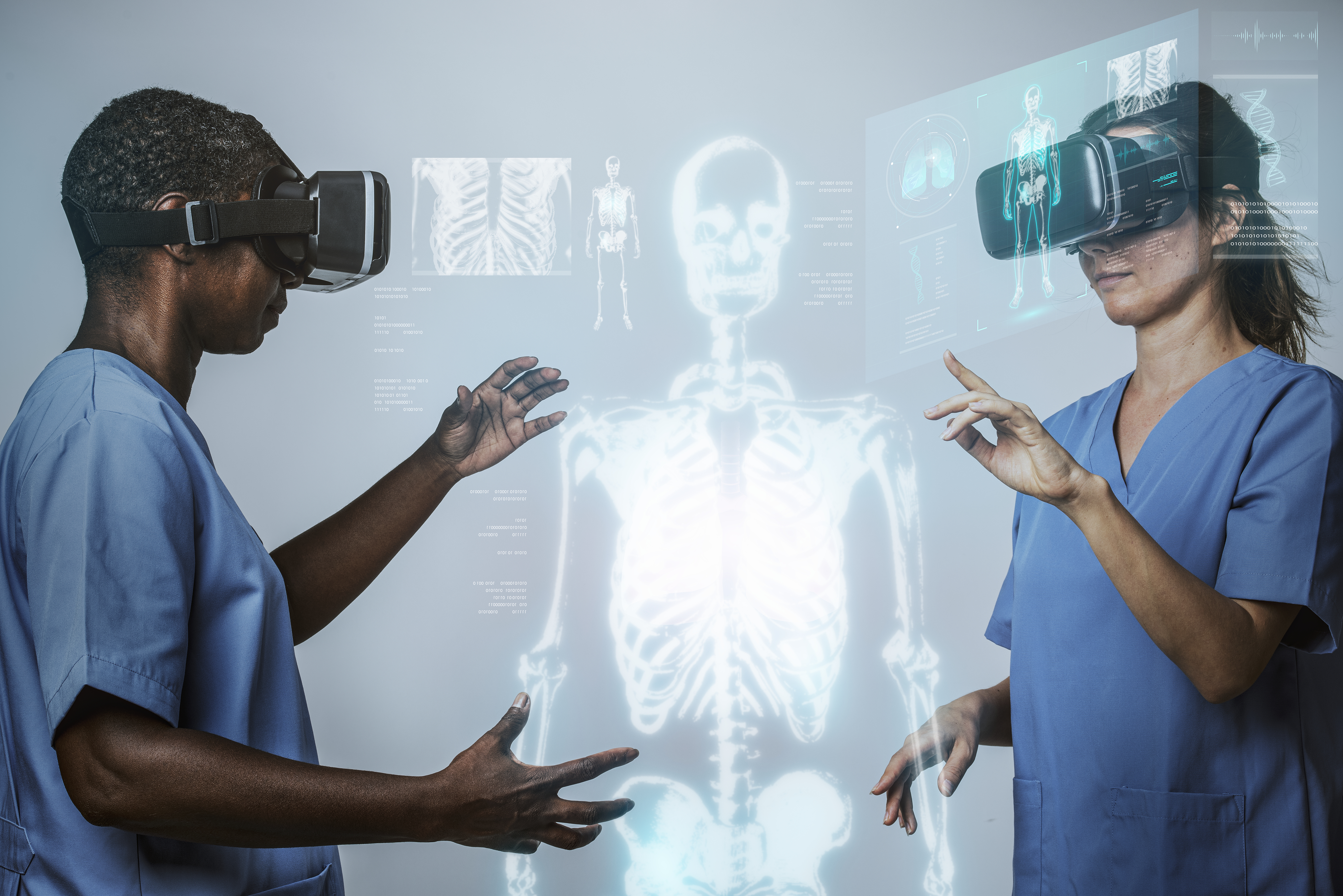Exploring the Intersection of Sports and Technology: The Future of Athletic Performance

The sports industry has changed dramatically in recent years, mostly due to technological breakthroughs. Wearable fitness trackers and advanced performance monitoring software are just two examples of how technology is changing how athletes prepare, compete, and recuperate. It is becoming more and more obvious as we examine the relationship between sports and technology that the future of athletic performance will involve more than simply athletes' physical prowess; it will also involve how technology may expand their skills and boost their total performance.
The emergence of wearable technology is among the most noteworthy developments in this field. Both athletes and fitness lovers now frequently use gadgets like fitness trackers and smartwatches. These devices offer useful information about an athlete's general health and performance in addition to tracking heart rates, caloric expenditure, and activity levels. Wearable technology, for example, may monitor stress indicators, sleep patterns, and hydration levels, enabling athletes to maximize their training schedules and recuperation tactics. Athletes are pushing themselves while lowering their risk of injury thanks to this data-driven strategy.
Furthermore, the way performance is evaluated in sports is being revolutionized by the incorporation of machine learning and artificial intelligence (AI). Modern teams and coaches have access to advanced analytics technologies that allow them to assess an athlete's performance in real time. Large volumes of data can be processed by these instruments, providing previously unreachable insights. AI is able to evaluate an athlete's movement patterns, decision-making, and overall impact on the game by analyzing gameplay footage in sports like basketball and soccer, for instance. With this degree of thorough information, coaches may better address each athlete's flaws and build on their strengths by customizing training plans.
The application of augmented reality (AR) and virtual reality (VR) in training settings is another fascinating advancement. By enabling athletes to practice in virtual settings, these technologies offer immersive experiences that increase the effectiveness and engagement of training. A football quarterback, for example, can utilize virtual reality (VR) to mimic game situations and hone their decision-making abilities without the physical strain of real practice. We may anticipate even more cutting-edge sports training applications as these technologies develop further, expanding the realm of what athletes are capable of.
Furthermore, the prevention and rehabilitation of injuries are greatly aided by technology. Medical practitioners can evaluate an athlete's body mechanics and spot any injury risks thanks to sophisticated imaging methods and biomechanical analysis technologies. Trainers can lower the risk of injuries by implementing preventive measures based on their understanding of an athlete's movement patterns. Furthermore, gamification strategies in technology-driven rehabilitation programs might encourage athletes to follow their recovery plans, hastening their return to optimal performance.
Another area where technology has had a big impact is sports analytics. Data analytics are now being used by teams to obtain a competitive advantage. Teams may make well-informed judgments about marketing campaigns, game strategy, and recruitment by examining player data, health metrics, and even fan involvement. In addition to altering club operations, this data-centric strategy is improving the whole fan experience. With access to real-time statistics and insights that improve their comprehension of the game, fans are more involved than ever before.
The possibilities of technology in sports appear to be endless as we look to the future. Innovations like blockchain for safe ticketing, smart stadiums with IoT devices, and drones for aerial filmmaking are only the beginning. These developments will change the way we watch sports and engage with athletes. In addition to improving athletic performance, the combination of technology and sports will completely reinterpret what sports culture is all about.
But these developments also bring with them difficulties and moral dilemmas. Care must be taken while navigating concerns about data privacy, the influence of performance-enhancing technologies, and the possibility that technology will create an unfair playing field. Prioritizing competitive fairness and integrity is crucial as sports organizations adopt these technology advancements.
In conclusion, an exciting future in athletic performance is being paved by the convergence of technology and sports. As a senior content writer with 10 years of experience, I can see how the combination of these two disciplines is improving the overall experience for stakeholders and spectators in addition to changing how athletes practice and compete. In order to improve performance, engage audiences, and negotiate the intricacies of contemporary sports, athletes, coaches, and organizations must embrace this technology revolution. Being at the vanguard of this transition is an exciting moment, and the future is bright.



